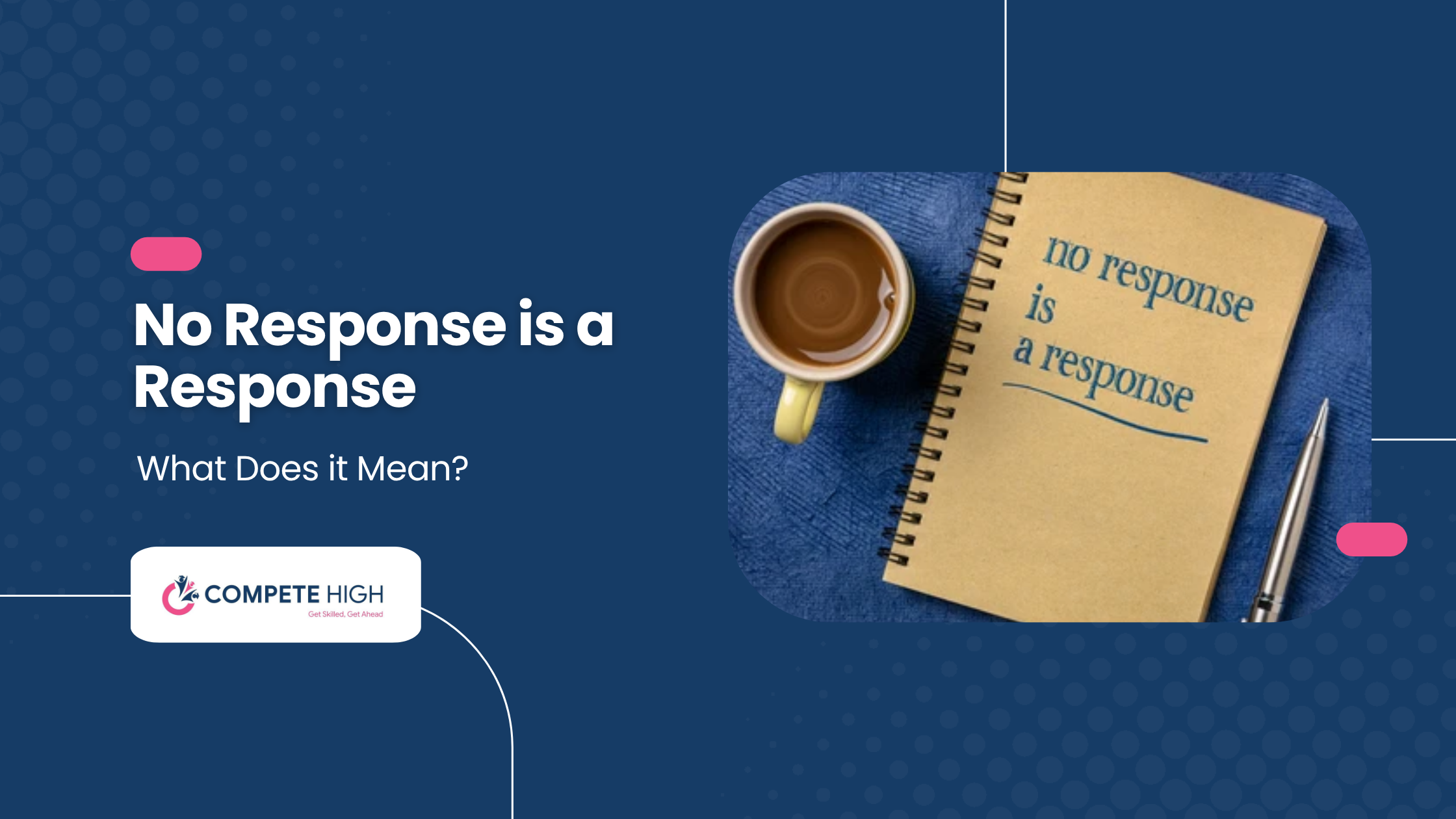Understanding Why Personal Traits Matter for Business Success Launching a company goes way beyond having a cool idea
What are Personal Skills and Qualities Required to Start a Business



Understanding Why Personal Traits Matter for Business Success Launching a company goes way beyond having a cool idea

Understanding TILE Manual Handling: Manual handling of tiles may seem like a simple, everyday task — picking up

No response is a response. We’ve all experienced it — that anxious pause after sending a message, waiting

Can You Reheat Chicken? It’s a common question in many UK households where chicken is a go-to protein—affordable,

Can you reheat prawns? It’s a common question for seafood lovers looking to enjoy their leftovers safely. Prawns

The ABC behaviour chart is a simple yet powerful tool that can help us understand challenging behaviour in

At times, a person’s silence is louder than their voice. In this modern world overflowing with texts, calls,

Have you ever wondered whether a family support worker is the same as a social worker? Both roles

If you are thinking of becoming a family support worker, then you are going to take up a

As the UK’s biggest government department, the Department for Work and Pensions (DWP) manages welfare benefits along with